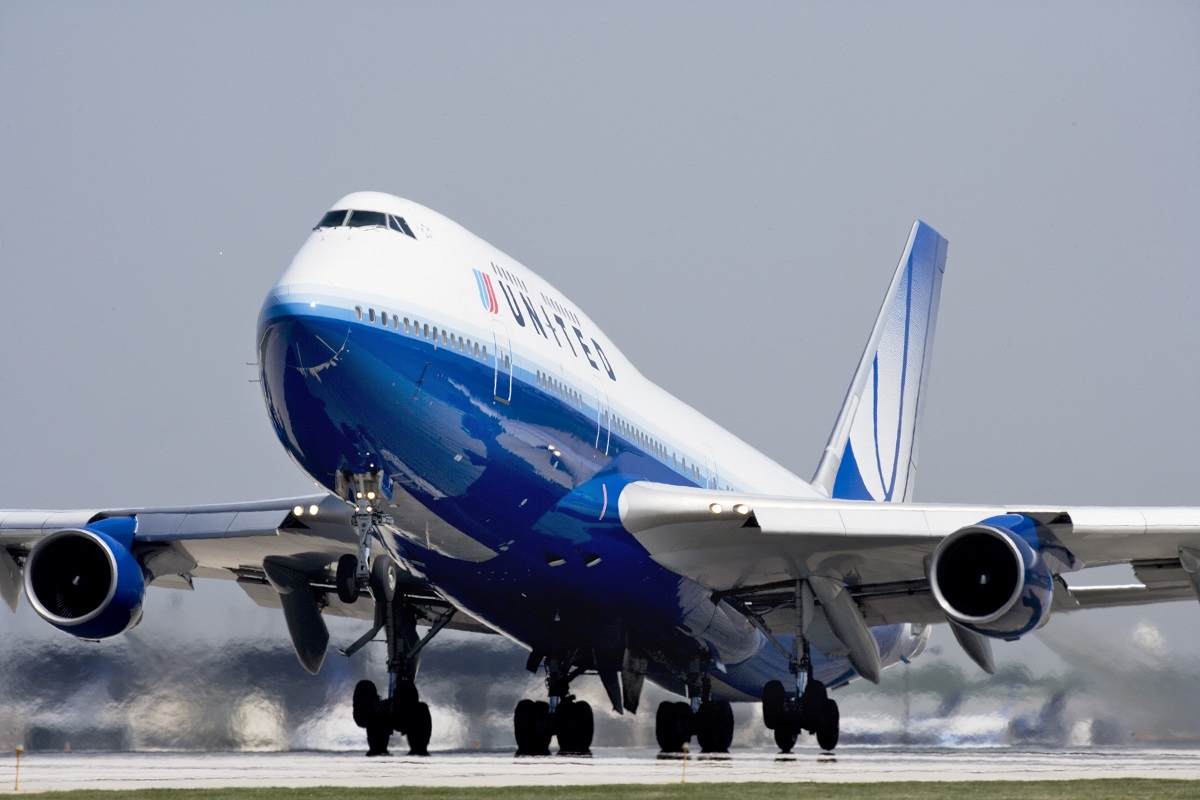
........................................
Aircraft
Noises After Take Off
WHAT ARE ALL THOSE NOISES AFTER TAKE OFF?
By Airline Ratings
Variety
of noises
Just after takeoff the most significant noise is the retraction
of the undercarriage.
Passengers
will hear firstly the deployment of the main undercarriage doors and then the
undercarriage itself retracting followed by the closing of the doors.
If you
are lucky enough to be sitting in the very front of a 747 you will also hear
the spinning nose wheel as it retracts right under where you are sitting.
This is
typically followed by a reduction in the aerodynamic wind noise associated with
having the undercarriage deployed.
Shorty
after the undercarriage is retracted and once the aircraft reaches certain
airspeeds the trailing edge flaps and leading edge slats will be gradually
retracted.
Again
once these are fully retracted the aircraft is ‘clean’ and aerodynamic wind
noise decreases further.
Engine
cutback
Many airports around the world require what is called noise
abatement procedures.
So
shortly after takeoff, passengers may both sense and hear a rapid reduction in
power which can be concerning.
Don’t
worry… it will almost certainly be the pilots easing power back to reduce the
impact of noise on local communities.
Air
Traffic
And at some very busy airports air traffic control may keep your
flight at a low altitude and thus at reduced power until you clear the area.
So
almost certainly your aircraft is fine and the pilots are so busy they may not
have the opportunity of telling you what is going on.
Landings
Like takeoff, there are lots of noises associated with landings.
Firstly,
however you will have reduced thrust – back to idle – as your flight descends. Then
the pilot will start a gradual deployment of the flaps and slats to increase
lift while reducing speed.
The
pilot may also deploy spoilers on the upper surface of the wing to slow the
plane and these often cause a noisy buffeting.
Thrust
reversers
Once the aircraft (jet) touches down pilots will almost always
deploy the aircraft’s thrust reverser doors which close behind the engines and
deflect the thrust forward to help reduce the aircraft’s speed.
This
will be associated with an increase in thrust.
In
turboprop planes, the pilots may alter the pitch of the blades to reduce speed
and this can also be quite noisy.


No comments:
Post a Comment